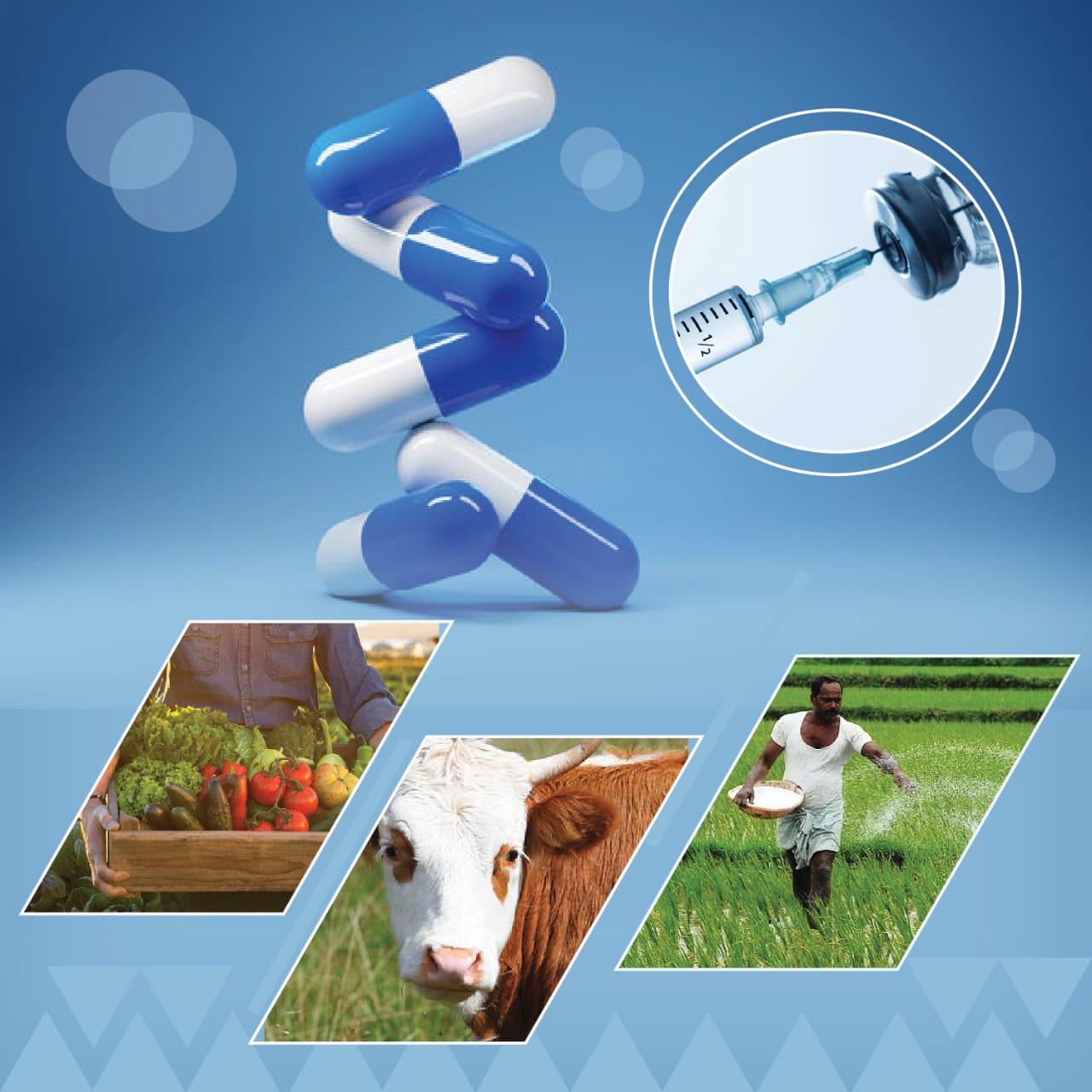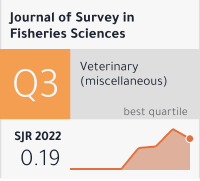Comparative Efficacy Of Aloe Vera And Levofloxacin Against Corynebacteriumpyogenes And Staphylococcus Epidermidis Isolated From Camel Wound.
DOI:
https://doi.org/10.53555/sfs.v11i4.2901Keywords:
dermatitis, anatomical, subcutaneous fat, Streptococcus, Corynebacteria speciesAbstract
The study aimed to determine the minimum inhibitory concentration (MIC) of pure Aloe vera, its ethanol extract, and the antibiotic Levofloxacin against Staphylococcus epidermidis and Corynebacterium pyogenes isolated from camel wounds. Seventy wound samples were collected from veterinary clinics and nomadic animals near Hyderabad and Tando Allah Yar. These samples were processed at the Department of Veterinary Pharmacology, SAU Tandojam, for isolation and identification of the organisms. Different concentrations of pure Aloe vera, its ethanol extract, and Levofloxacin were tested to record the MIC against the isolated organisms. The MIC was determined by observing the turbidity and translucency of the cultured medium. Out of 70 wound samples, 50 were positive, with 29 (58%) positive for Staphylococcus epidermidis and 21 (42%) for Corynebacterium pyogenes. Staphylococcus epidermidis growth was inhibited at 5µg/µl, 2.5µg/µl, and 0.31µg/µl of pure Aloe vera, its ethanol extract, and Levofloxacin, respectively. The mean susceptibility values were 8.22µg/µl for pure Aloe vera, 4.22µg/µl for ethanol extract, and 0.55µg/µl for Levofloxacin. Corynebacterium pyogenes growth was inhibited at 5µg/µl, 1.25µg/µl, and 0.15µg/µl of pure Aloe vera, its ethanol extract, and Levofloxacin, respectively. The mean MIC values were 7.77µg/µl for pure Aloe vera, 3.33µg/µl for ethanol extract, and 0.25µg/µl for Levofloxacin. results indicated that the ethanol extract of Aloe vera had better antibacterial activity than pure Aloe vera, supporting its traditional use as an alternative to antibiotics to reduce antibiotic resistance.









